In cities around the world, certain streets stand out as vibrant canvases of human expression. These rainbow-hued thoroughfares transform ordinary urban landscapes into extraordinary outdoor art galleries that captivate visitors and breathe life into neighborhoods.
Behind each colorful façade often lies a compelling story—some streets painted as acts of political resistance, others representing cultural traditions, and some simply celebrating the joy that color brings to everyday life. Here is a list of 20 remarkably colorful streets worldwide where travelers can experience the transformative power of vivid urban landscapes. Each offers its own unique atmosphere and cultural context.
Caminito, Buenos Aires, Argentina
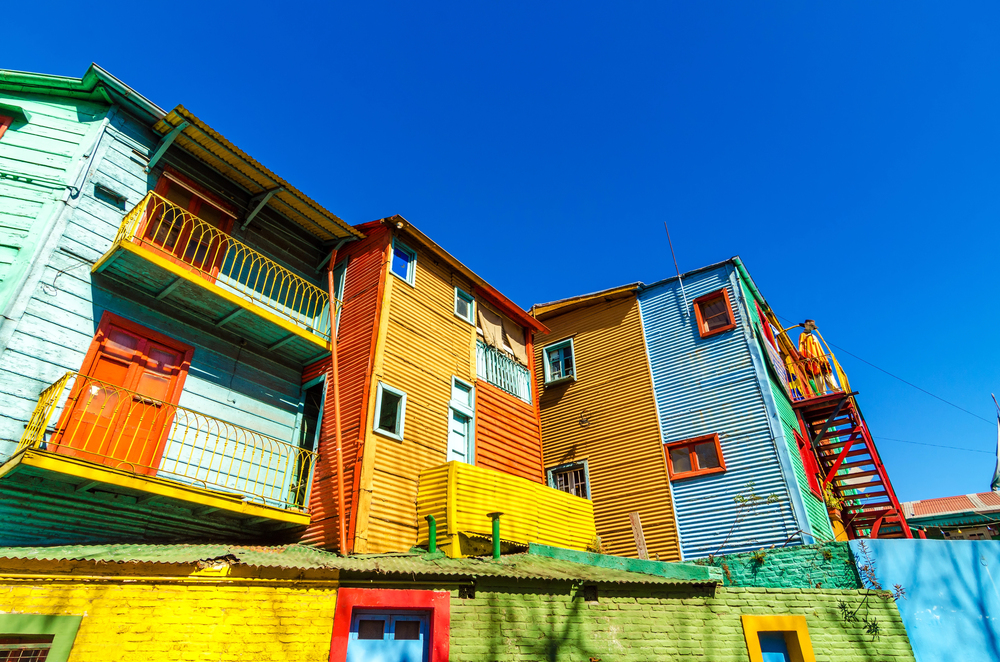
The cobblestone passage of Caminito in the La Boca neighborhood showcases buildings painted in bold primary colors that reflect the influence of Italian immigrants on this historic port area. Originally a railway route, this street was transformed in the 1950s by local artist Benito Quinquela Martín to preserve the cultural heritage of the dockworkers who built homes from shipyard scraps.
Today, tango dancers perform between buildings of turquoise, yellow, and red, creating a living museum of Porteño culture where the colors mirror the passionate spirit of the neighborhood.
Rue Crémieux, Paris, France
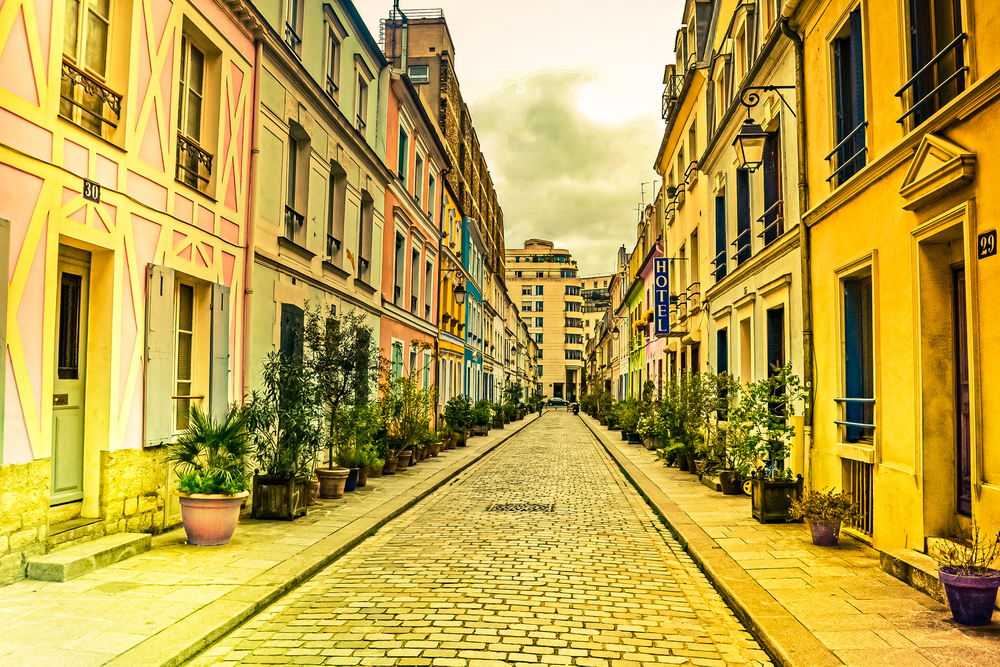
Tucked away in the 12th arrondissement, this pedestrian street offers a pastel-colored reprieve from the typical Haussmannian greys of Paris. The modest homes along this cobblestone lane are painted in gentle hues of lavender, pink, and sky blue, with coordinating shutters and flower boxes that amplify their charm.
The tranquil atmosphere provides a remarkable contrast to the bustling city just steps away, making it feel like discovering a secret garden in the heart of the French capital.
Like Travel Pug’s content? Follow us on MSN.
Balat District, Istanbul, Turkey
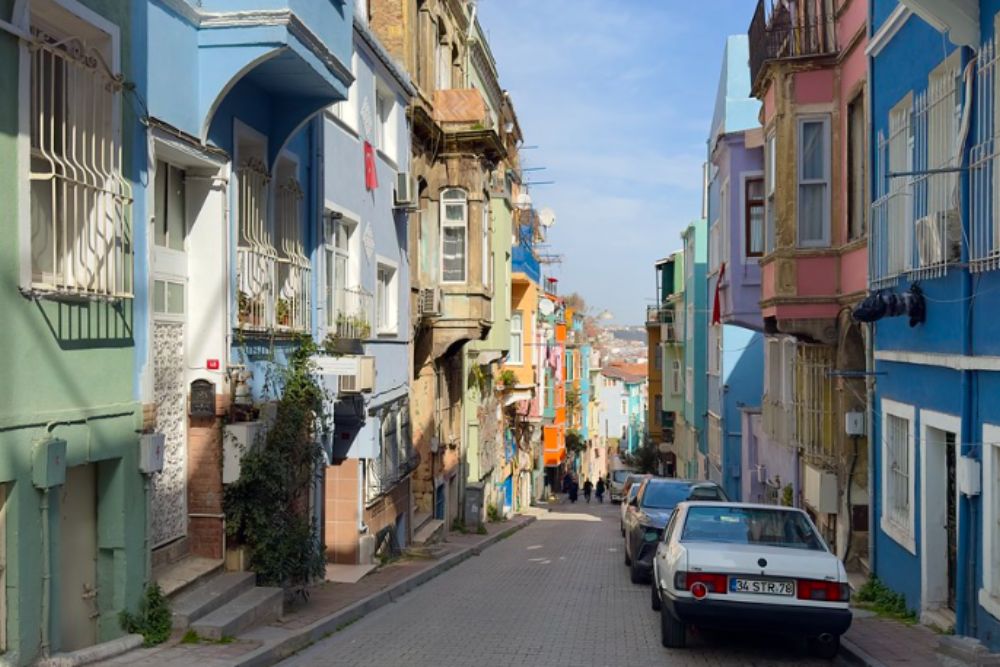
The historic Jewish quarter of Istanbul features narrow streets lined with wooden Ottoman houses painted in a kaleidoscope of colors from deep burgundy to bright turquoise. These restored buildings represent a revival of one of the city’s oldest neighborhoods, where different religious and ethnic communities have coexisted for centuries.
The uneven cobblestone streets wind up and down hills, revealing new color combinations around every corner and offering glimpses into the daily life of this rapidly gentrifying area.
Nyhavn, Copenhagen, Denmark
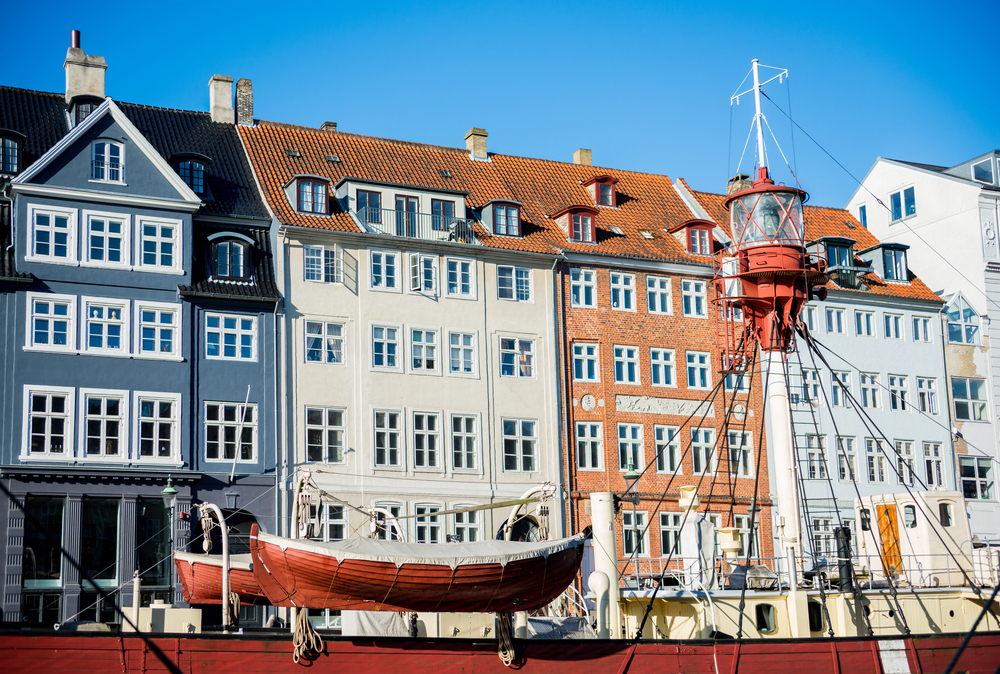
The 17th-century waterfront district of Nyhavn presents a perfect row of merchant houses in coordinated hues of red, blue, yellow, and orange reflected in the canal waters below. These colorful buildings once housed sailors and businesses serving the busy port, but today, they create one of the most recognizable vistas in Scandinavia.
The careful preservation of these historic structures showcases Danish attention to design aesthetics, even in structures built centuries before the rise of modern Scandinavian design principles.
Burano Island, Venice, Italy
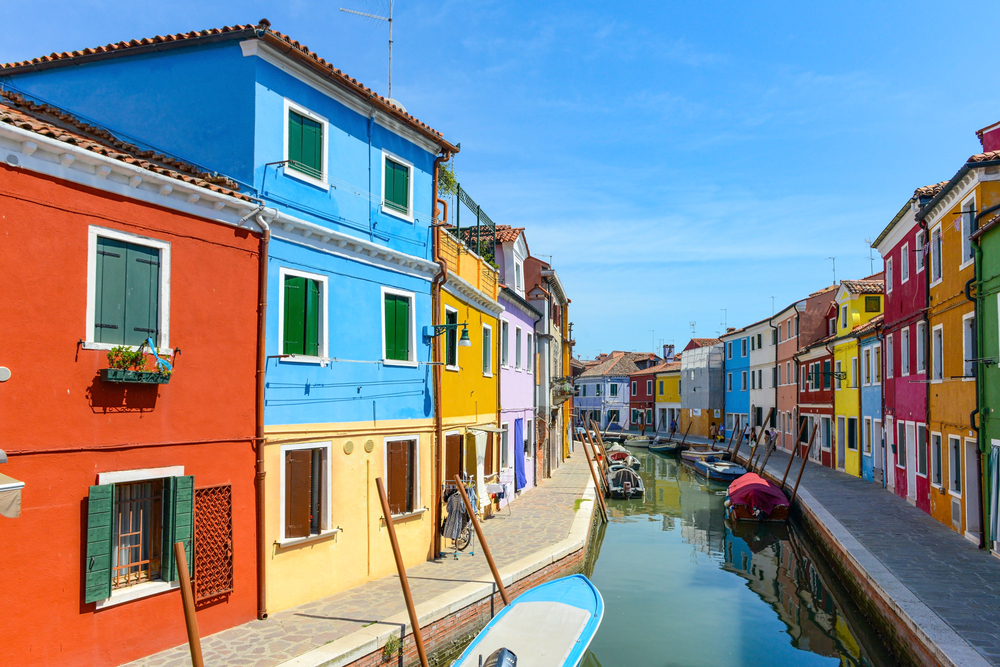
The fishermen’s island of Burano takes color coordination to magnificent extremes with its system of government-regulated house colors that requires residents to maintain specific approved hues. Legend suggests that the bright colors help fishermen identify their homes through the fog when returning from sea, while the practical reality involves a strict permit system for repainting.
The mathematical precision of these rainbow-hued buildings reflected in the canal waters creates a dreamlike environment that feels almost artificially perfect in its chromatic harmony.
Like Travel Pug’s content? Follow us on MSN.
Bo-Kaap, Cape Town, South Africa
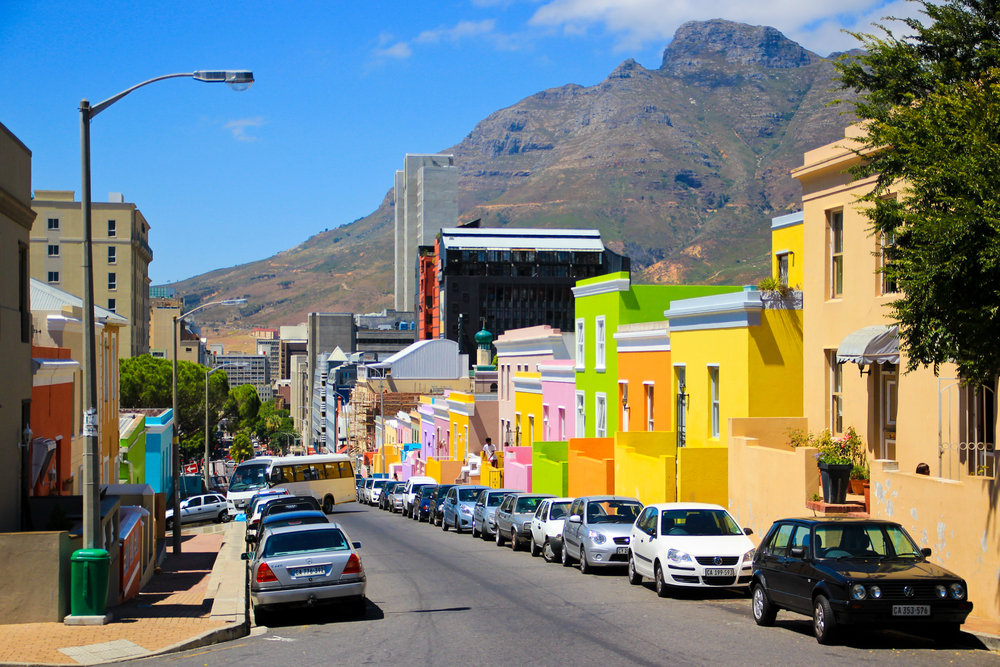
The cobblestone streets of the Bo-Kaap neighborhood showcase brightly painted homes in neon greens, electric blues, and hot pinks that represent a powerful statement of cultural identity and freedom. These colors emerged as expressions of individuality after the end of apartheid when residents, primarily descendants of Malaysian and Indonesian slaves known as Cape Malay, were finally permitted to own and paint their previously white-only rental homes.
The vivid backdrop frames the oldest mosque in South Africa and numerous spice shops that contribute to the multisensory experience of this historically significant area.
Haight Street, San Francisco, USA
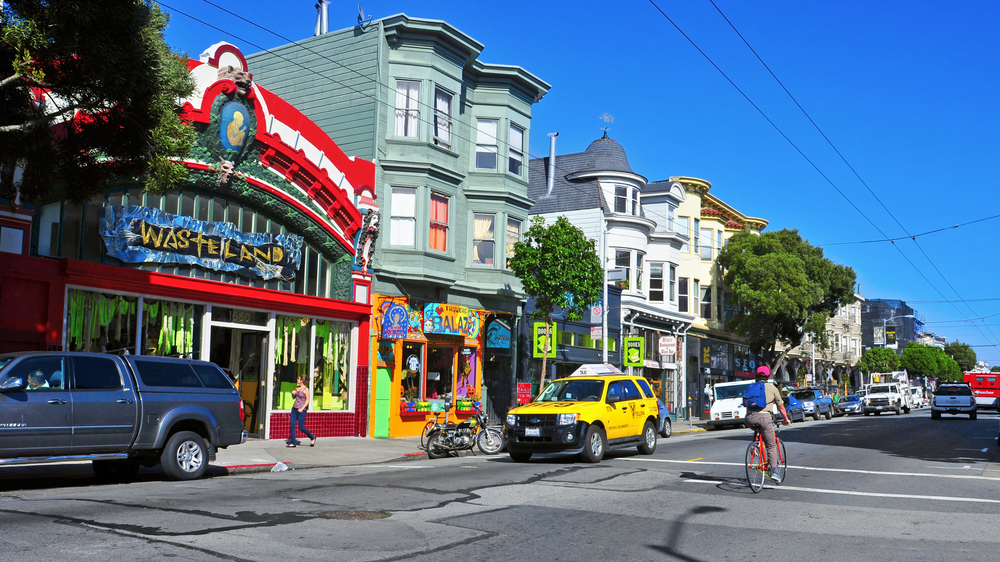
The epicenter of 1960s counterculture still maintains its psychedelic spirit through Victorian houses painted in elaborate color schemes known as ‘Painted Ladies’ that adorn this famous thoroughfare. These ornate buildings feature multiple coordinating colors that highlight their intricate architectural details and gingerbread trim.
The street continues to embody San Francisco’s tradition of free expression, with many buildings serving as evolving canvases that reflect changing artistic movements while maintaining connections to the neighborhood’s hippie heritage.
Calleja de las Flores, Córdoba, Spain
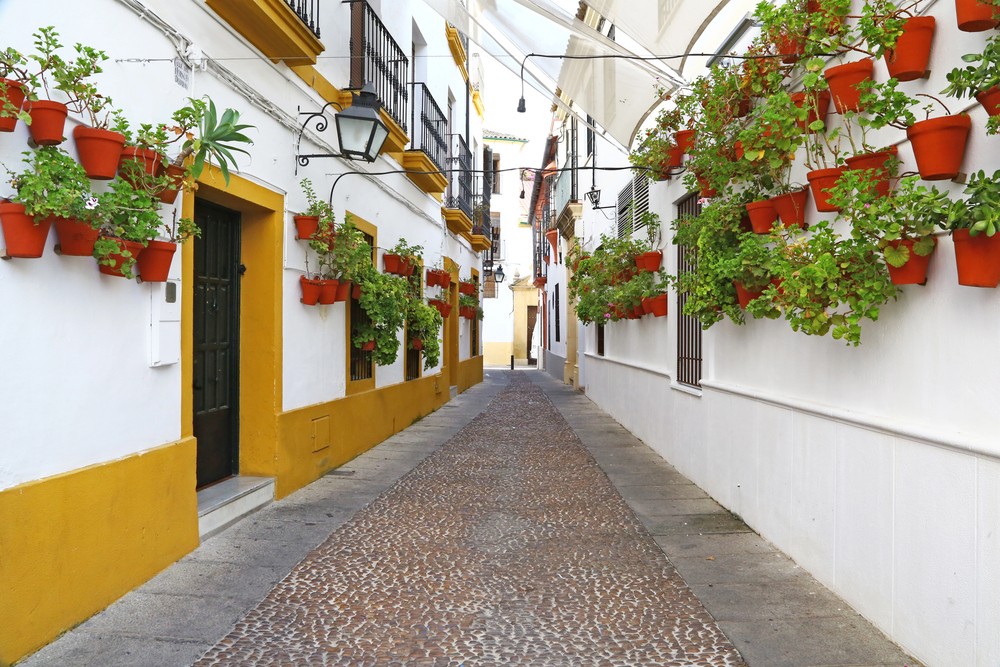
This narrow medieval passage in Córdoba’s Jewish quarter creates a vertical garden of color with whitewashed walls adorned with blue planters overflowing with red geraniums. The carefully maintained flower pots make a three-color composition that changes subtly with the seasons yet retains its distinctive Spanish aesthetic year-round.
The small street culminates in a perfect view of the Mezquita’s minaret, framing the architectural monument with vibrant organic color.
Like Travel Pug’s content? Follow us on MSN.
Gamcheon Cultural Village, Busan, South Korea
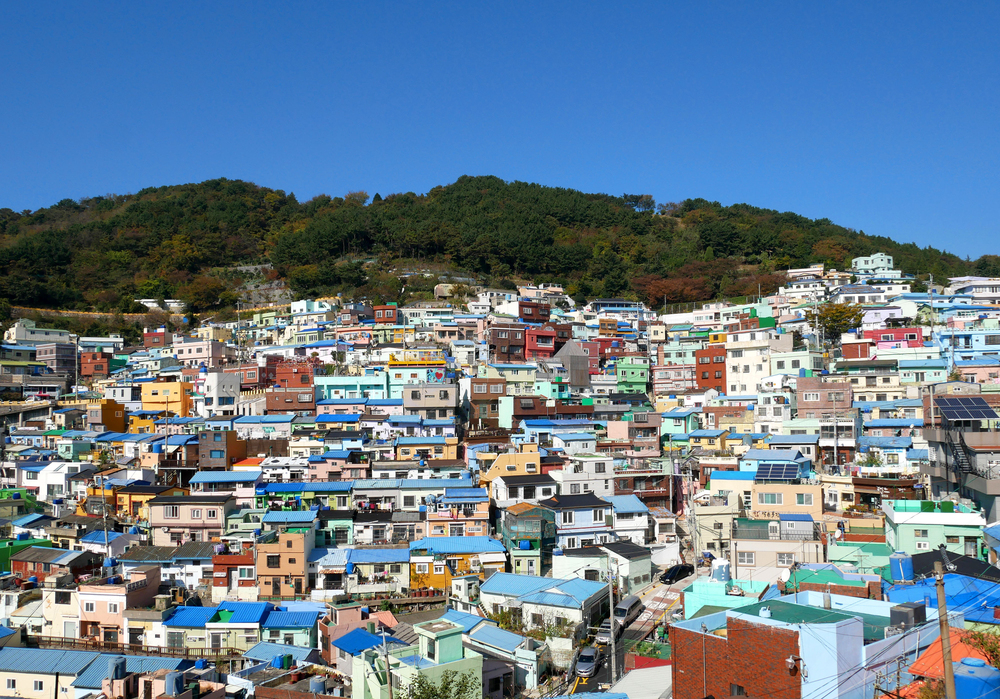
Once a hillside slum that housed Korean War refugees, this remarkable neighborhood has transformed into the ‘Machu Picchu of Busan’ with its densely packed cubic houses painted in pastel colors that cascade down the mountainside. The revitalization began as an art project in 2009 when the local government invited artists to transform the declining area into a creative district.
The labyrinthine alleys now feature murals, sculptures, and installations that complement the colorful structures, creating a living outdoor museum where residents and artists coexist.
Øvre Holmegate, Stavanger, Norway
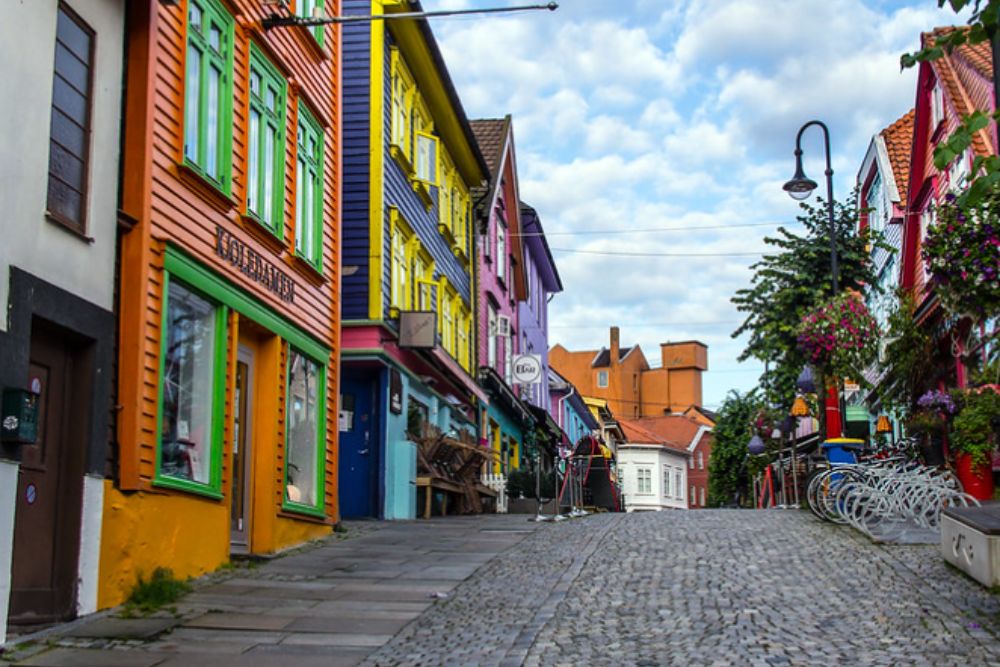
Known locally as ‘the colorful street,’ this once-unremarkable lane in Stavanger was transformed when local hairdresser Tom Kjørsvik convinced business owners to paint their shops in bright complementary colors inspired by the artist Leif Larsen. The coordinated color scheme features specific combinations of pinks, greens, and yellows, creating a cohesive yet vibrant aesthetic unusual in Norwegian architecture.
The bold experiment succeeded in transforming the street into a commercial and cultural hub filled with unique boutiques and cafes that attract visitors year-round.
Bairro Alto, Lisbon, Portugal
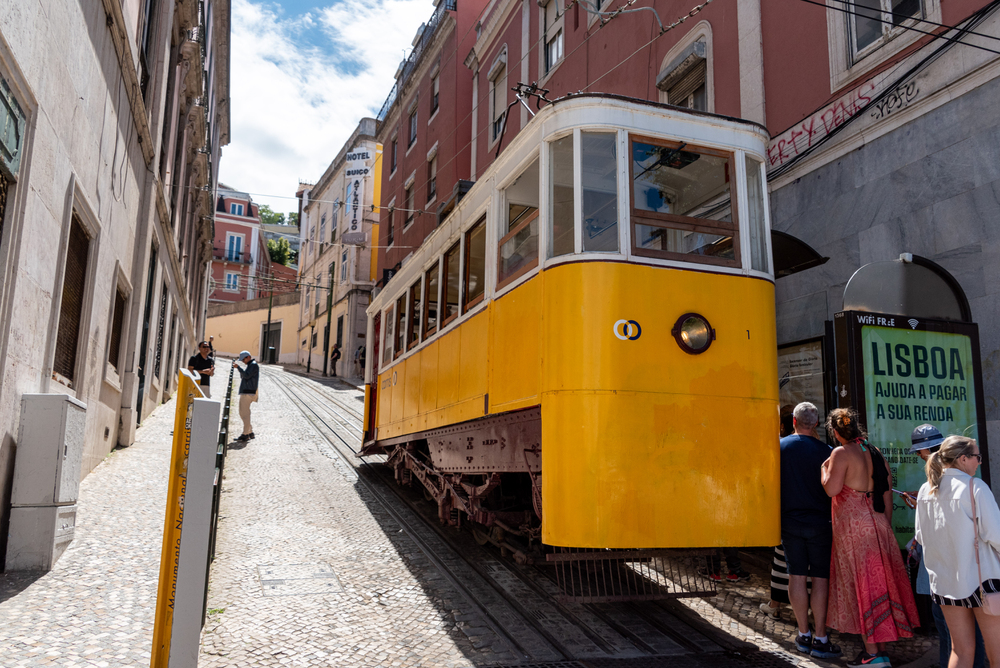
The steep, narrow streets of Lisbon’s Bairro Alto feature buildings with façades covered in traditional Portuguese azulejo tiles in predominantly blue and white patterns, interspersed with painted structures in yellows and pinks. The weathered color palette creates a lived-in beauty enhanced by vintage trams that climb the hills past decorative doorways and street art.
Laundry strung between buildings adds additional pops of color to this authentic neighborhood, which transforms from a quiet residential area by day to a vibrant nightlife district after sunset.
Like Travel Pug’s content? Follow us on MSN.
Neal’s Yard, London, England
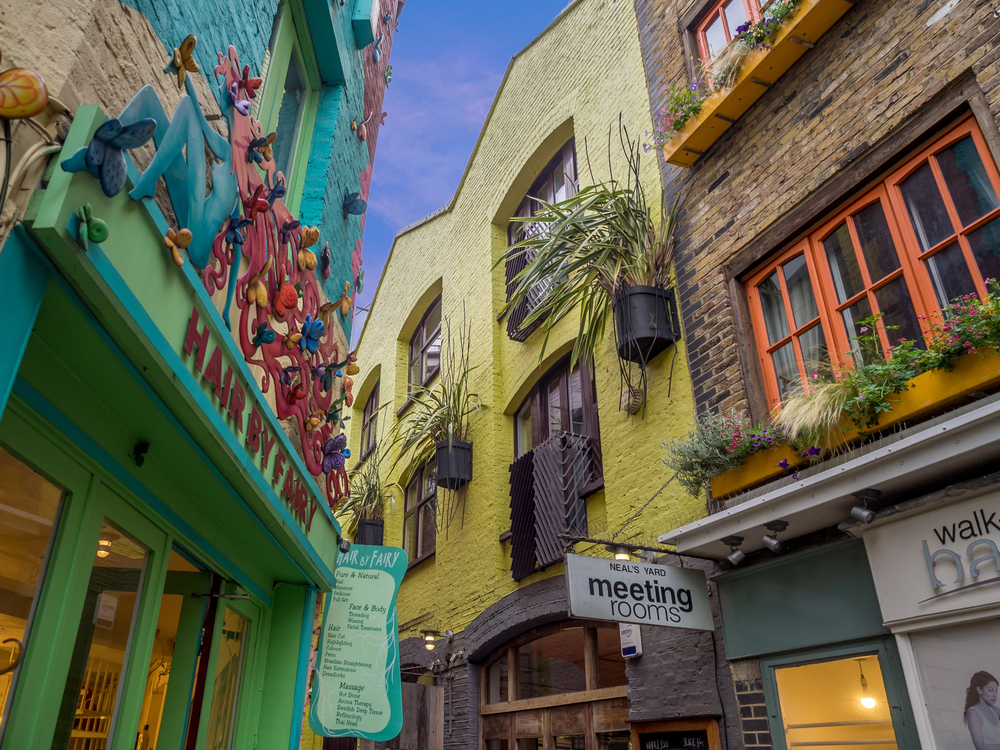
Hidden within London’s Covent Garden, this tiny courtyard explodes with colorful Victorian buildings painted in unconventional combinations of purple, green, blue, and yellow. The secret enclave was revitalized in the 1970s by Nicholas Saunders, who opened a whole food store and encouraged other independent businesses to join him in transforming the then-derelict space.
The eclectic color choices reflect the alternative health and wellness businesses that occupy the buildings, creating a microcosm of counterculture within traditional London.
Jinli Street, Chengdu, China
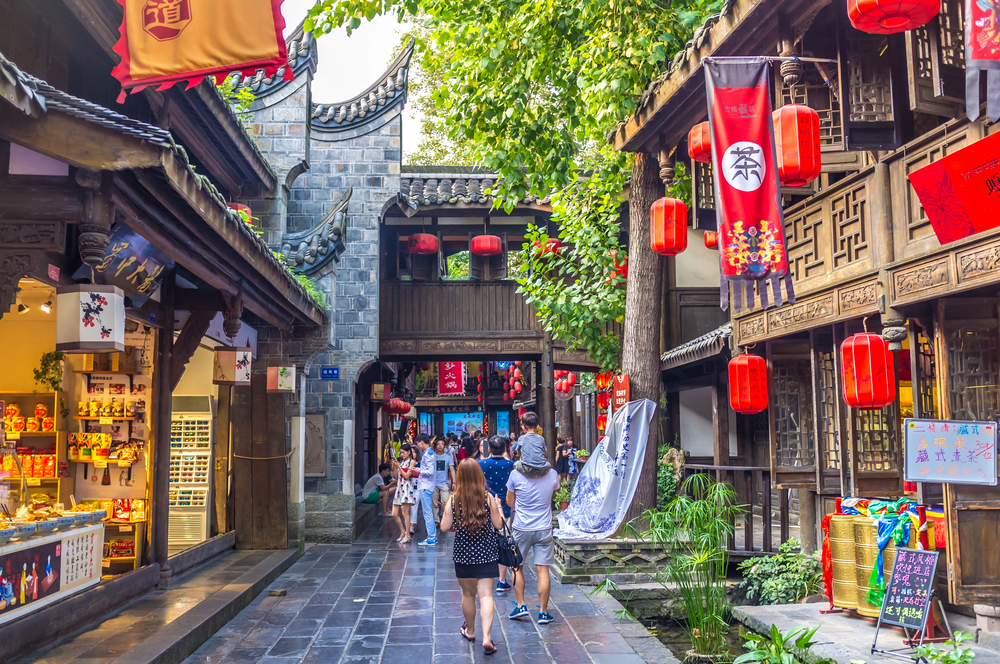
This reconstructed ancient street showcases traditional Sichuan architecture, with buildings featuring rich red pillars, intricate wood carvings painted in gold, and black tile roofs, creating a distinctively Chinese color palette: the carefully restored structures house shops and restaurants illuminated by countless red lanterns that enhance the cultural atmosphere.
Though built to attract tourists, the street successfully captures the architectural color traditions that have defined Chinese urban aesthetics for centuries.
Kula Houses, Guanajuato, Mexico
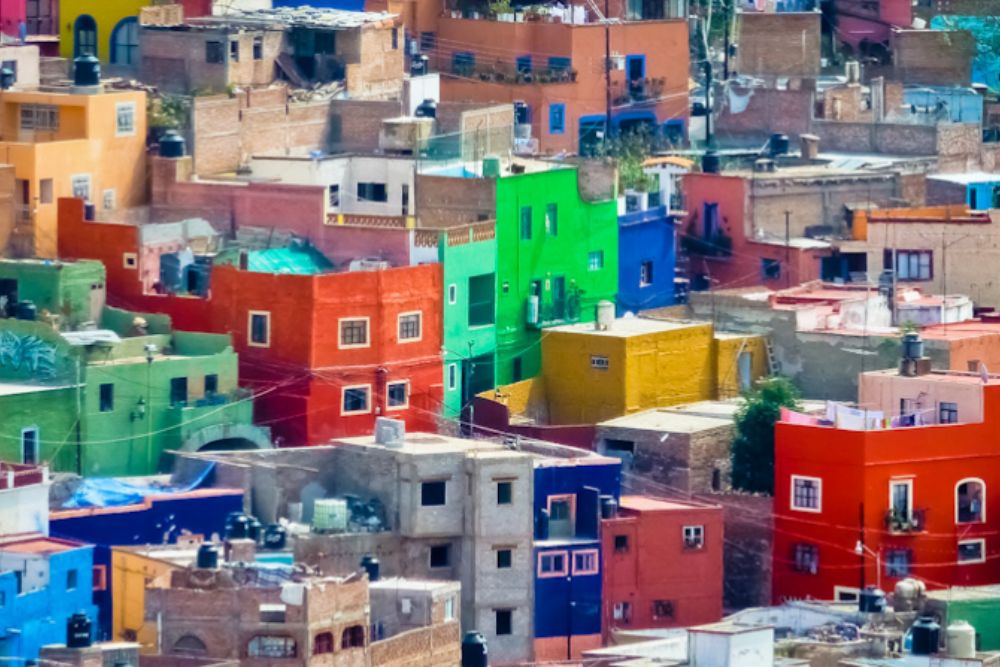
The entire hillside city of Guanajuato creates a patchwork of color, with its most vibrant manifestation along the winding lanes where closely packed buildings are painted in intense yellows, oranges, blues, and magentas. Local lore suggests the colors originated when mining families returned from Europe in the colonial era, bringing Mediterranean color influences that were adapted using locally available pigments.
The city’s topography creates countless vantage points to appreciate this urban rainbow, with each street offering new color combinations framed against the surrounding mountains.
Like Travel Pug’s content? Follow us on MSN.
Callejon de Hamel, Havana, Cuba
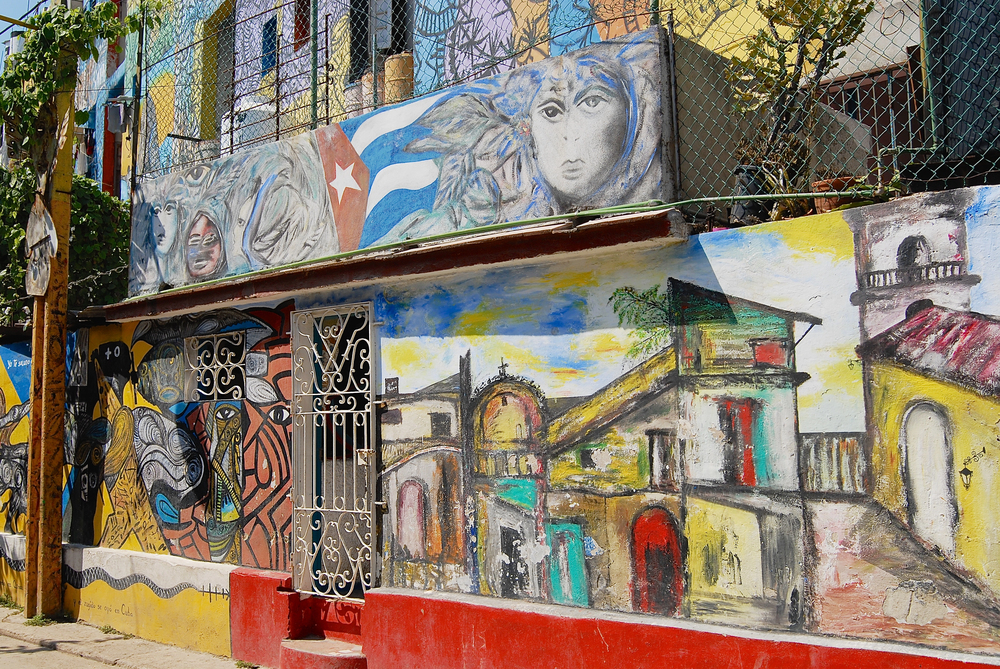
This Afro-Cuban alley showcases vibrant murals, sculptures, and painted buildings created by artist Salvador González Escalona that celebrate Santería religious traditions through color and symbolism. The street functions as both an art installation and a community cultural center, with buildings, walkways, and even street furniture incorporated into the color narrative.
Weekly rumba performances add musical dimensions to this multisensory environment, where bright blues, reds, and yellows visualize the syncretic spiritual heritage of Cuba.
Wrocław Old Town, Poland
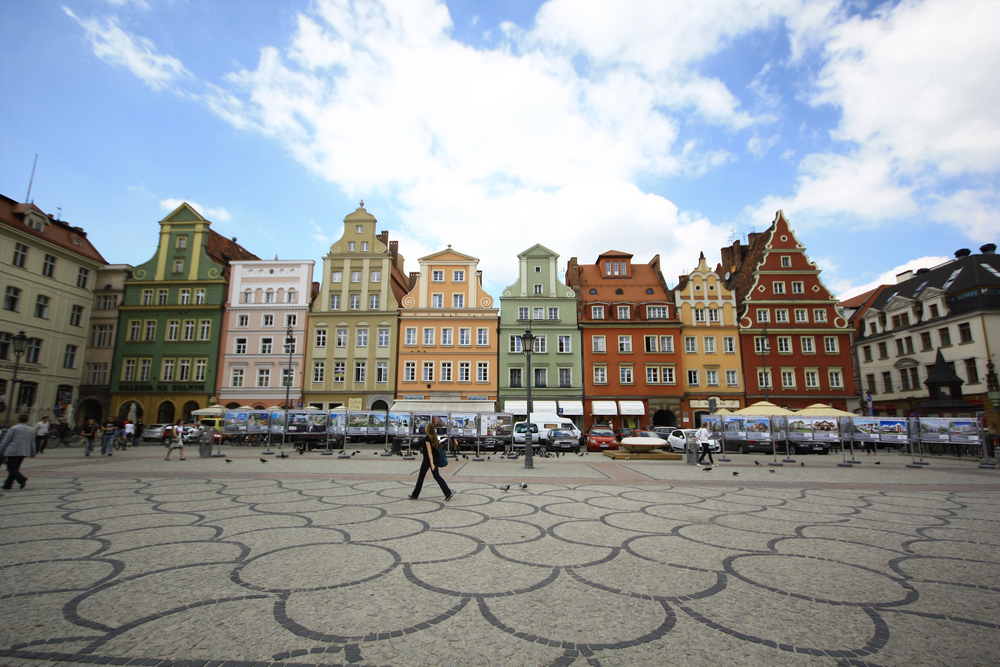
The meticulously reconstructed medieval market square of Wrocław features narrow tenement houses known as ‘jaś’ and ‘małgosia’ painted in a coordinated palette of deep burgundy, forest green, gold, and cornflower blue. These historically accurate colors represent the original pigments used throughout the city’s long history, which were carefully researched during post-WWII reconstruction efforts.
The effect creates a fairytale-like atmosphere enhanced by the preservation of original architectural details across the connected façades.
Rainbow Village, Taichung, Taiwan
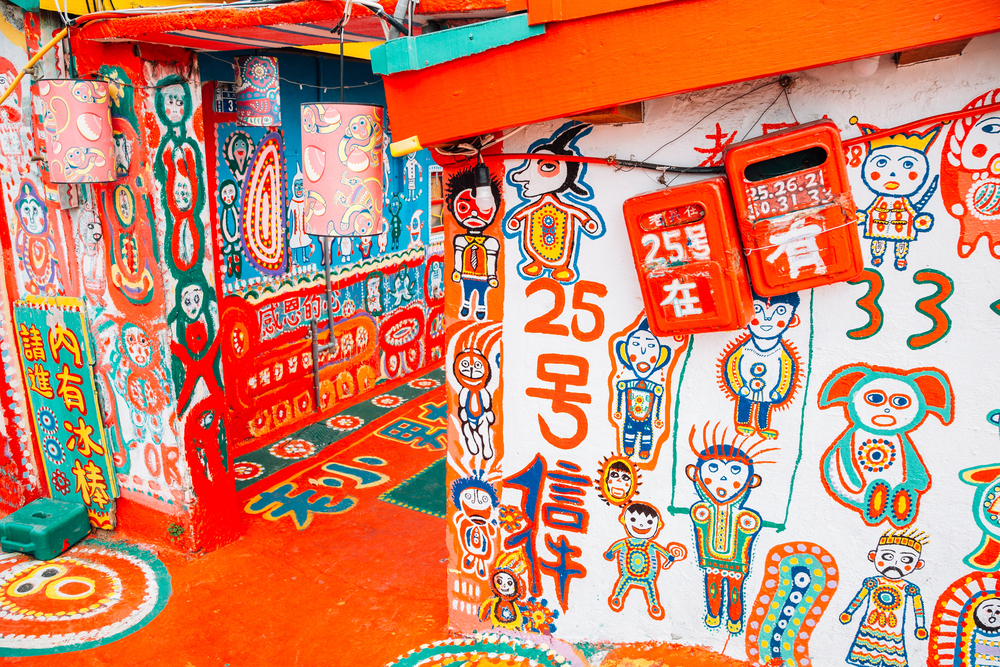
This former military dependents’ village was saved from demolition when resident Huang Yung-Fu began painting colorful figures and patterns across the settlement’s buildings, eventually covering every surface with whimsical designs. The 96-year-old veteran’s spontaneous art project attracted the attention of university students who campaigned successfully to preserve the site.
The intuitive, outsider art approach creates an immersive environment where rainbow colors flow across walls, floors, and roofs without respect for architectural boundaries.
Like Travel Pug’s content? Follow us on MSN.
Brancion, Burgundy, France
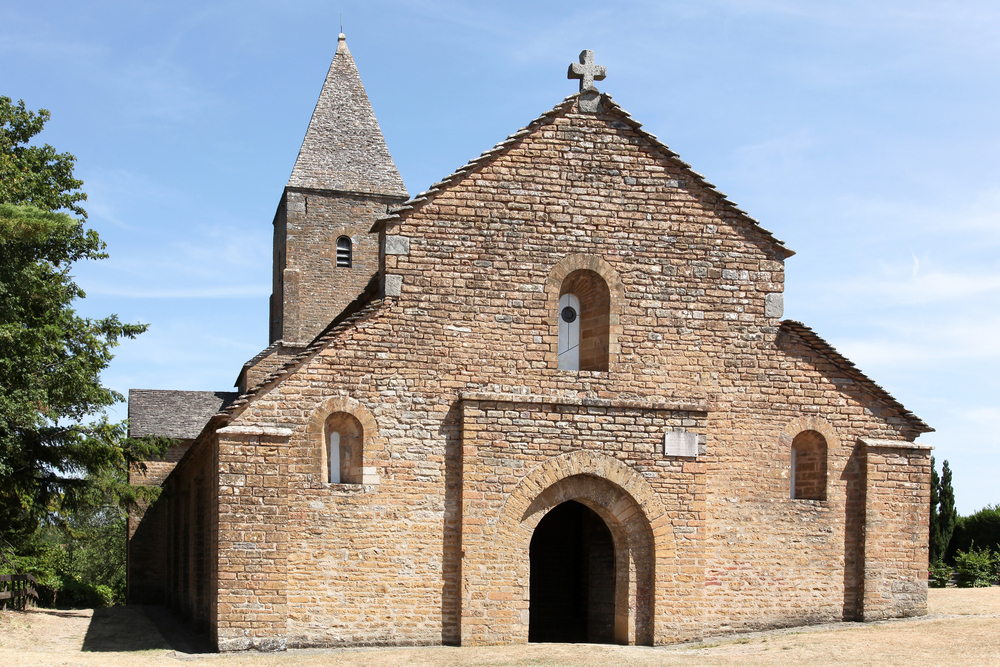
This medieval hilltop village maintains the traditional Burgundian color palette, featuring distinctive regional shutters in a specific shade of blue-green against warm limestone buildings with terracotta roof tiles. The precisely formulated shutter color, originally created from copper oxide, has become an iconic element of the regional identity protected by heritage preservation codes.
The limited color scheme demonstrates how even subtle color traditions can define a region’s visual character and create harmony across centuries of construction.
Chefchaouen, Morocco
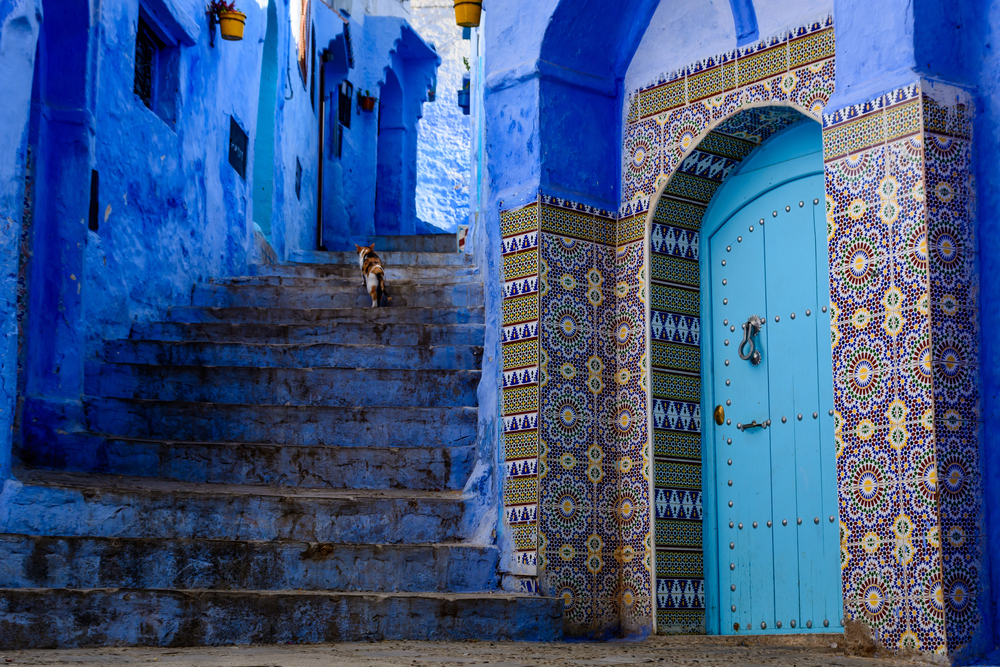
The famous “Blue Pearl” of Morocco features countless variations of blue washing across virtually every surface of this mountain town, from front doors to plant pots to stairways. The tradition began with Jewish refugees in the 1930s who introduced the color that symbolized sky and heaven, creating a tradition that local Moroccans maintained and expanded.
The countless shades, ranging from periwinkle to cobalt, create a monochromatic environment, unlike any other colorful street in the world, demonstrating the profound impact that variations within a single color can achieve.
Juzcar, Spain
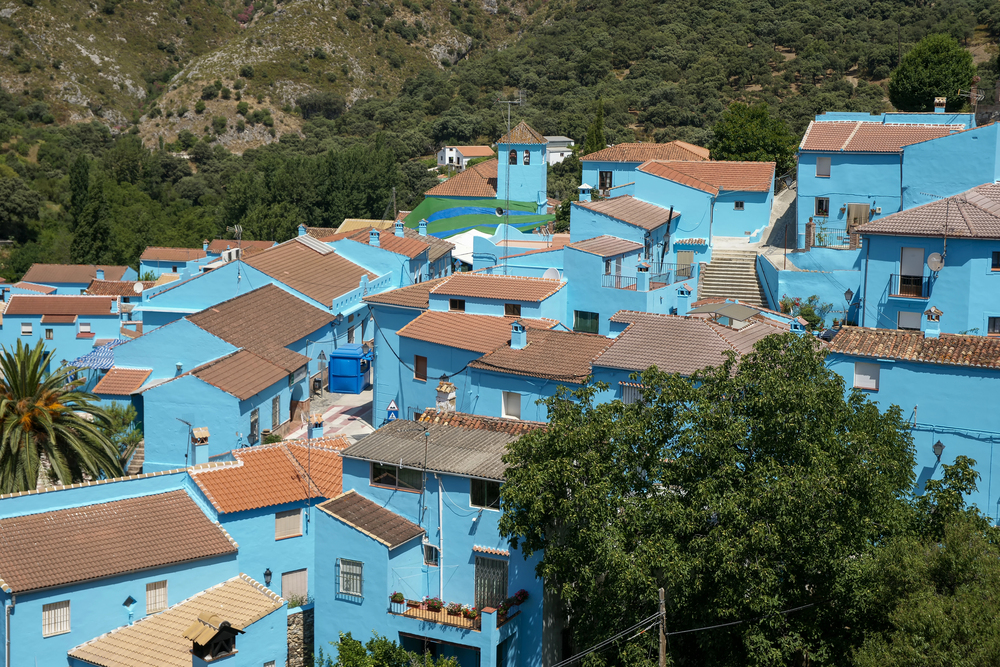
This small Andalusian village transformed from a traditional white pueblo blanco into the world’s first ‘Smurf Town’ when all buildings were painted bright blue as a promotion for the 2011 Smurfs movie. When Sony offered to restore the village to its original white after the promotion, residents voted to maintain the blue color after seeing a 200% increase in tourism.
The unexpected economic revival saved this previously struggling mountain community, demonstrating how a dramatic color change can reshape a town’s identity and fortune through a simple yet bold chromatic statement.
Like Travel Pug’s content? Follow us on MSN.
The Art of Urban Color

These vibrant streets reveal how color transforms not just physical spaces but also the human experience within them. Beyond their obvious photogenic appeal lies something deeper—each colorful thoroughfare represents community identity, historical narratives, and cultural expression made visible through pigment and paint. The most successful examples balance authentic local color traditions with evolving artistic expressions, creating spaces that feel both timeless and alive.
For travelers seeking to understand a place beyond monuments and museums, these chromatic corridors offer immersive experiences that engage all senses and reveal how something as simple as color can fundamentally change how we perceive, remember, and connect with the world’s most remarkable streets.
More from Travel Pug

- Cities Growing so Fast You Won’t Recognize Them in 10 Years
- 13 Destinations Where Tourists Regularly Regret Their Trip
- 20 Obscure WWII Sites Even History Buffs Don’t Know About
- 10 Under-the-Radar Mountain Towns That Are Both Affordable and Beautiful
- 20 Abandoned Places That Feel Like Real-Life Post-Apocalyptic Movie Sets
Like Travel Pug’s content? Follow us on MSN.
